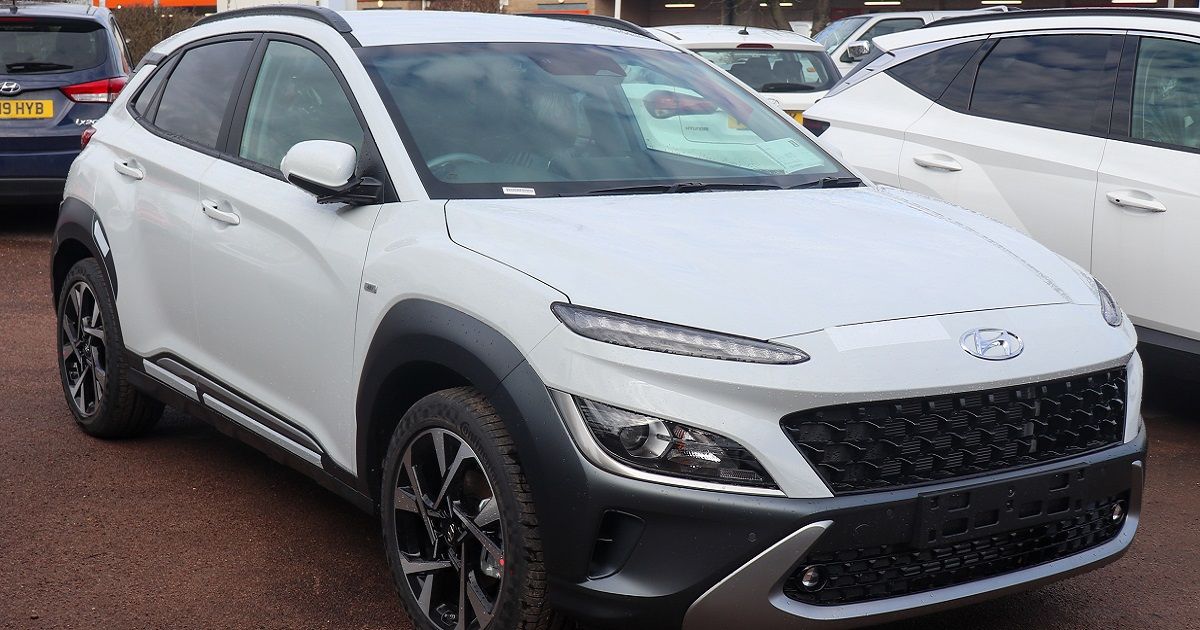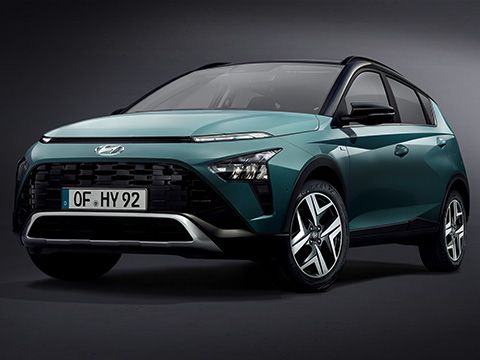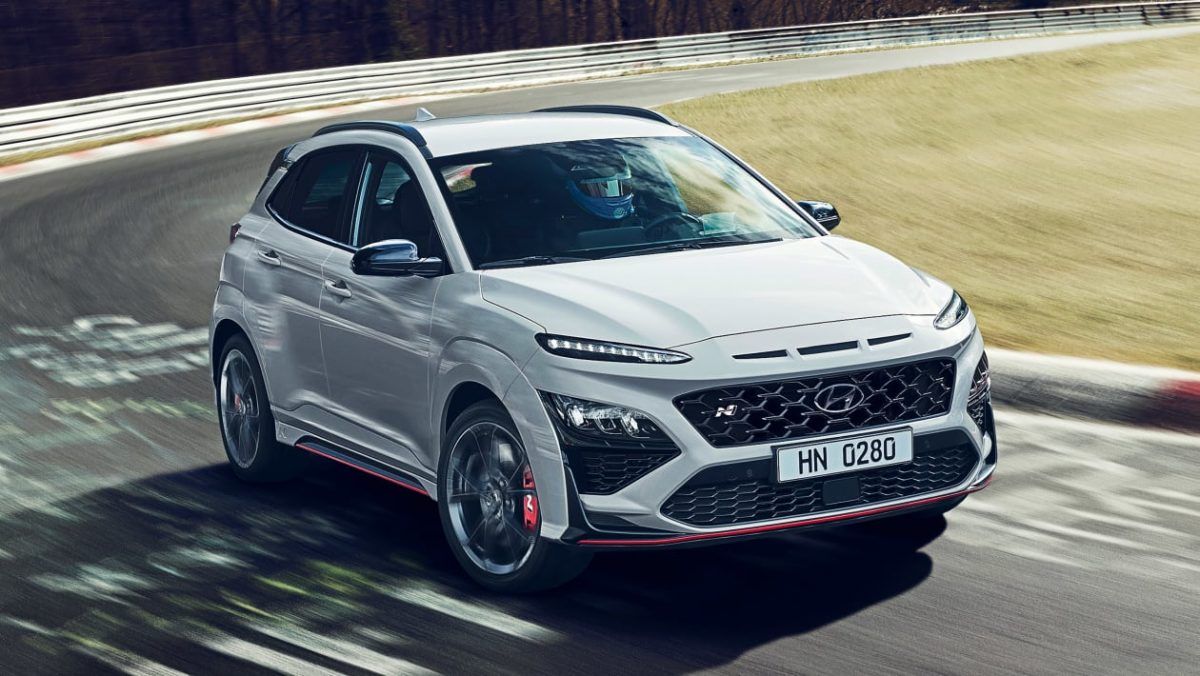There are few types of car that are as complicated as the small SUV. Some are raised hatchbacks, some are designed for fun and others are intended for practicality. With endless iteration and variation of each format, it is easy for many buyers to end up confused.
Making matters worse, manufacturers often use similar names and even base the car on other models within their range. The Volkswagen Group is particularly bad for this. Up until recently, this madness hadn't proliferated into the lineup of the up-and-coming manufacturers originating in South Korea.
But as Kia has set their sights firmly on the US and European markets as a rival to the likes of BMW and Mercedes, so have Hyundai. Thus the brand must produce a range of small SUVs, one of the most common vehicles on today's road.
To meet this demand, Hyundai has introduced the Kona and Bayon; they slot beneath the much larger Tucson and Santa Fe models and act as rivals to the T-Cross, Ford Puma, and Skoda Karoq.
Introducing The Kona
This SUV comes in a range of colors that have relatively entertaining names, such as Surfy Blue and Dive in-Jeju. The level of customization offered by Hyundai is impressive considering the price bracket that these cars fall into.
The Kona is the more expensive of the two cars starting at $20,500, according to Edmunds. The sporty Kona N model costs considerably more and adds yet more confusion to the model lineup. But what is simple is its aggressive bodywork and 5.5 seconds dash to 60 MPH.
This doesn't mean that the standard model is an unattractive car; sure certain aspects are overly stylized, making it a somewhat acquired taste when compared to the more minimalistic and beautiful design of, say, a Volvo XC40. However, from the front, the Kona plays at being sportier than it is with what is suggested to be a letterbox air intake on the front body and thin front lights, which create a streaked effect. But with a 1-liter 120 HP engine, the car's sporting credentials appear to be in doubt.
As is common for smaller SUVs, the Kona is highly practical. 60:40 split seats come as standard; they don't fold completely flat, but when down, provide 1,156 liters of storage. With them up, the Kona provides 374 liters of space. This is less than the cheaper T-cross, which has 455 liters of storage, but it is still enough to carry the detritus of regular life.
As is to be expected on a modern car with an infotainment system, the car has phone connectivity, so it's a nice enough place to spend time. The Kona doesn't appear to have much going for it; perhaps Hyundai has missed the mark a little, so we must now turn to the Bayon to see if they have hit the mark.
Is The Bayon Less Of A Car?
Hyundai's cheaper SUV, otherwise known as a crossover, the Bayon starts at around $27,000 and is only available in European markets. So it is mildly cheaper, but it remains to be seen if it is missing anything. From the outside, it looks similar, if not prettier, with a lot less going on.
Those streak-like headlights are now described as arrows and are said to be in harmony with the front grille. The description from the marketing department couldn't have hit the nail on the head better; the Bayon looks sleeker and simpler than the trying to be sporty Kona. The car has less boot space with only 334 liters of capacity, a 20-liter downgrade on the Kona. But Hyundai proudly boasts of the rear seat's legroom, which is 882 mm. So the boot is shorter, but the cabin is roomy.
With a central touchscreen infotainment display and Bluelink-connected car services, the Bayon has the same functionality as its more expensive stablemate. This car must be looking for a different audience who desire to blend in a little but still have the benefits of crossover ownership, thus the more elegant exterior package.
Why Do The Two Exist Then?
Both cars are similar in build, price, and technology but are sold in overlapping markets, so they exist for a reason. It would be rare that a customer looking for a sports car would purchase a crossover instead of a hot hatch, the latter is more dynamically engaging so the Kona isn't really going for that customer.
If Hyundai wants them, they produce a spectacular car called the I30N. With the Bayon's perhaps beautiful design, it looks to a more mature customer. The Kona's aggressive style is targeted at a younger demographic who are willing to pay a small premium for the opportunity to stand out in the car park or a lot more for the Kona N.
Perhaps with Hyundai not offering the Bayon in American markets, they are playing off of stereotypes that only large and aggressively styled cars will sell in such a market.




